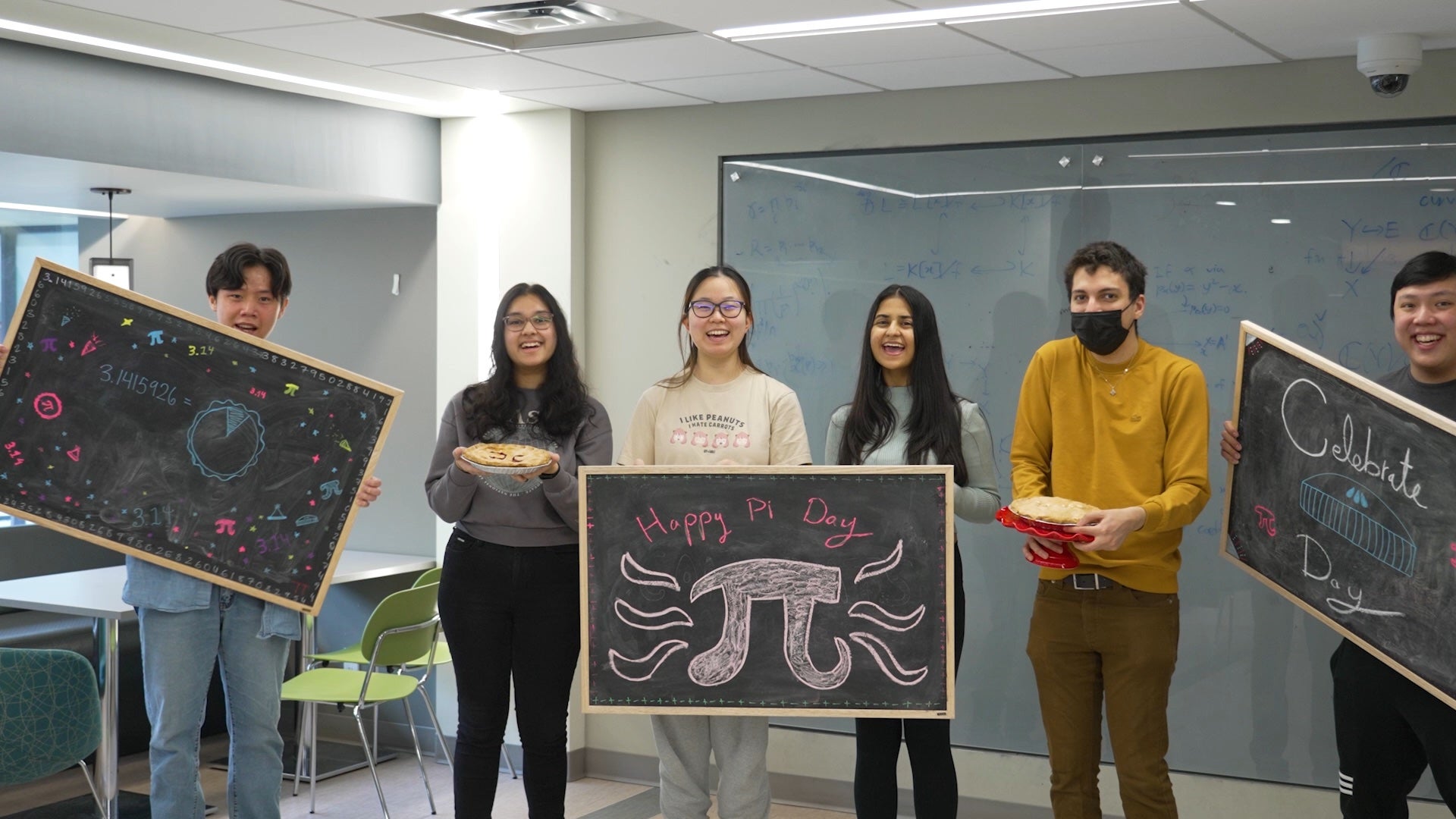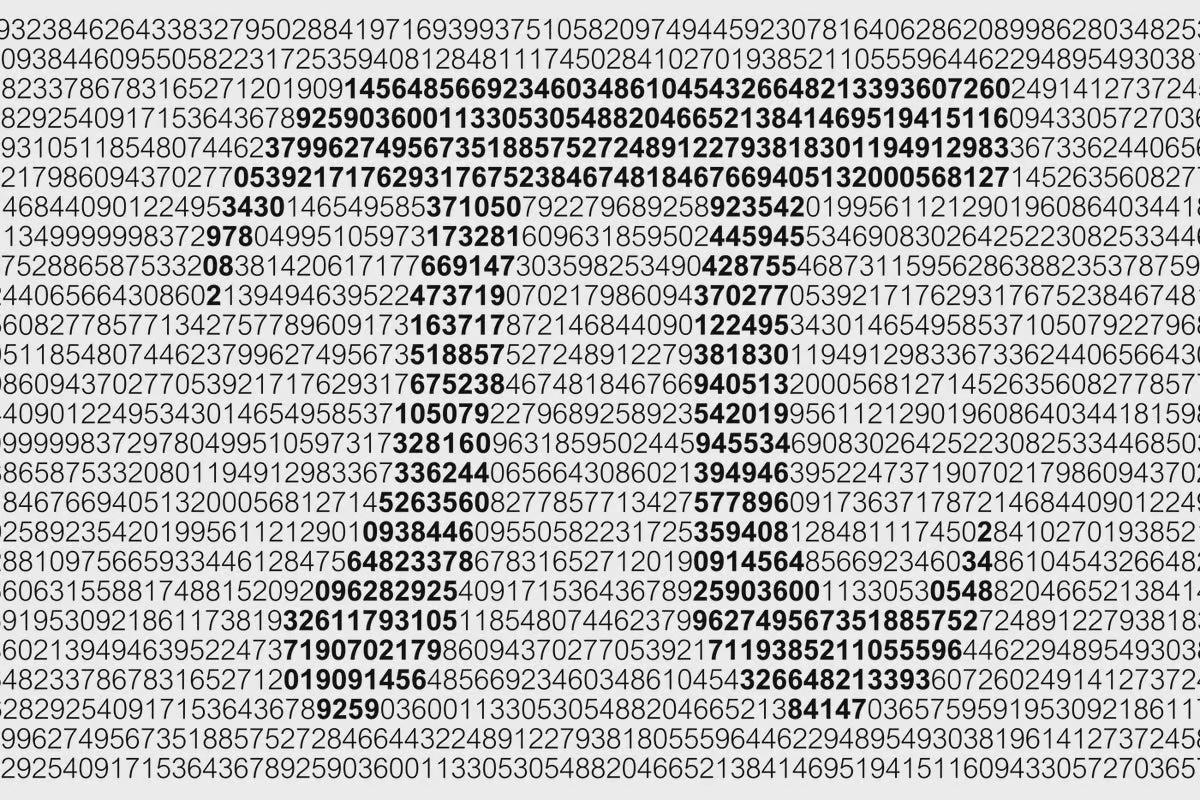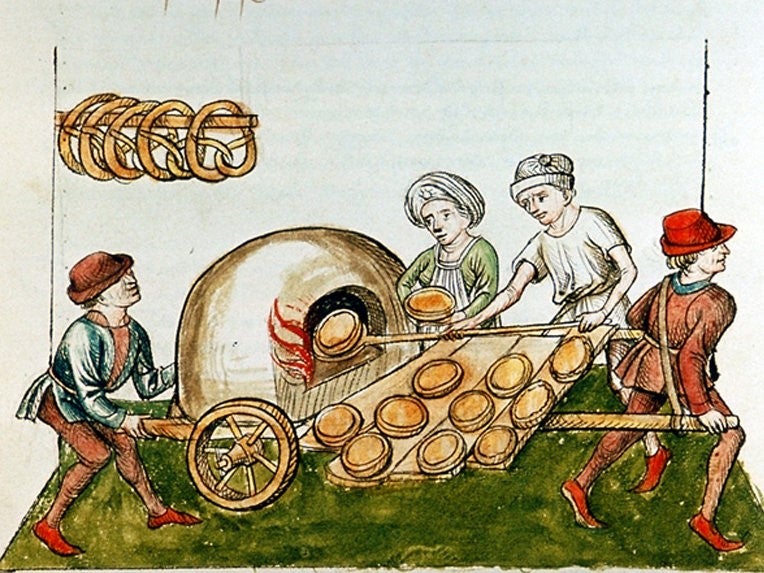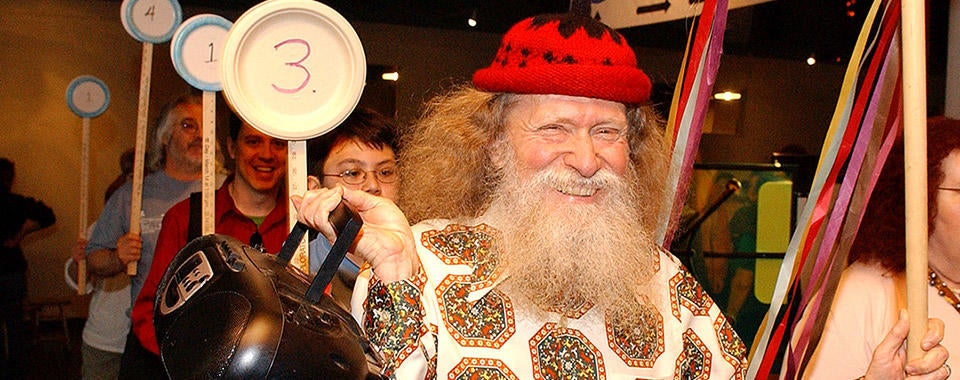
Today, March 14, is Pi Day: a day where mathematicians and dessert enthusiasts around the world celebrated their shared love for math, puns, and sweet treats. Here in the Faculty of Mathematics, MathSoc will be serving free pie and there will be a pi-reciting contest at 3:14 p.m. Regardless of where you are, however, you can celebrate Pi Day - starting by learning a little bit more about it!
Where does pi come from?
The Greek letter π, pronounced “pi,” is the symbol we use to represent the ratio of a circle’s circumference to its diameter. Pi is an irrational number, meaning that it cannot be expressed exactly: its decimal representation never ends, nor does it repeat. When students are first introduced to the concept of pi in elementary school, they often learn its approximate value to two decimal places – 3.14 – but many pi enthusiasts will memorize pi’s value to hundreds or even thousands of digits. The unofficial record holder is Akira Haraguchi, a Japanese engineer who publicly recited pi to 100,000 digits in 2006!

Understanding the dimensions of circles is essential for many aspects of society: ancient mathematicians in China, India, Babylon, and Egypt calculated approximate values of pi within 1% of its true value. Since the Middle Ages, mathematicians around the world have consistently worked to better understand pi, and it remains a vital part of research not only in mathematics but also in fields including physics, astronomy, and engineering. Welsh mathematician William Jones, however, gets the naming rights: in 1706, he became the first recorded user of the Greek letter π to represent the ratio of a circle’s circumference to its diameter.
Where does pie come from?
Ancient civilizations weren’t just pi innovators – they were pie innovators too! An Ancient Sumerian tablet from 2000 BC includes a recipe for a dish made from ground grain and filled with chicken: a close relative of the modern meat pie. First century AD Roman cookbooks include recipes for meat enclosed in pastry made of flour, oil, and water, but as far as we can tell they didn’t actually eat the pastry: they just used it as a container to keep the contents fresh until it was time to eat!

Medieval bakers make pie. © King Richard III Visitor Centre a Leicester Museums & Galleries site
The Oxford English Dictionary traces the English word “pie” back to at least the 14th century: Geoffrey Chaucer’s Canterbury Tales (c. 1387-1400), for example, mentions a man who can “wel bake a pye.” Elaborate pies, usually filled with meat and fish, were the centrepieces of many medieval and Renaissance feasts. Despite a creepy name – the pie crusts were called “coffins” – these pies were often beautifully decorated. Some even included living surprises, like the “four-and-twenty blackbirds baked into a pie” from the nursery rhyme, who would have been carefully placed in a pie with a removable lid after it was baked, despite the name. There are even accounts from the Middle Ages of a band of musicians hiding in an enormous pie – the medieval predecessor of showgirls jumping out of a cake!
As European immigrants settled in North America, they brought their culinary traditions with them. Today, while people might say that something is “as American as apple pie,” both sweet and savory pies are popular around the globe.
Where does Pi Day come from?
Pi Day has its origins at the Exploratorium, a museum of science, art, and discovery in San Francisco, California, USA. In 1988, staff physicist and media specialist Larry Shaw connected March 14 (3.14 in American-style date notation) with the digits of pi. The following March, Larry and his wife Catherine set up a table in the museum and served free homemade pie and tea. A few years later, museum staff realized that Albert Einstein’s birthday was March 14, 1879, so they began incorporating celebrations of Einstein into their yearly festivities.

Larry Shaw leads a Pi Day parade at the Exploratorium. © The Exploratorium, www.exploratorium.edu
The Exploratorium’s annual Pi Day tradition quickly caught on, with educational institutions and math enthusiasts around the world beginning to celebrate. Celebrations often include pi-reciting competitions, parades, and of course, lots of free pie. In 2009, the United States even declared Pi Day an official holiday!
To learn more about Pi Day, check out the Exploratorium website. To learn more about pi, read Pi: A Source Book (1997), by Lennart Berggren, Jonathan Borwein, and Peter Borwein. To learn more about pie, buy some ingredients, grab a rolling pin, and start baking.